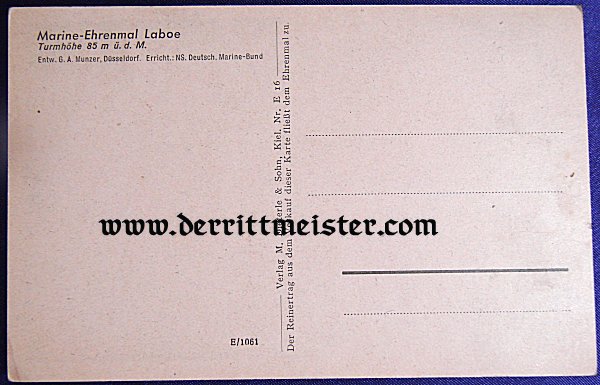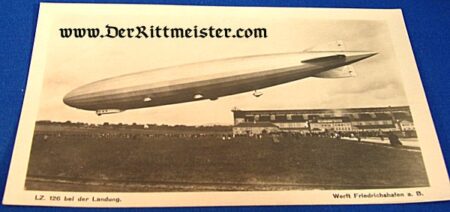Description
The Marine Ehrenmal Laboe near Kiel is one of the most outstanding navy memorials in the world. It was first opened for and commemorated the German seamen who died for their country in WW I. In the 1950’s, the memorial was intended as a memorial for ALL seamen. This postcard shows the main portion of the building. The tower is some 72 Meters tall. It has an underground memorial (you really feel like you are under the water. I enjoy sitting here in silence, thinking of all the sailors who have died for their countries). The memorial complex has two other interesting parts. First is the U-995, which is one of only two known, intact WW II U-Boats in existence (the other, the U-505, resides in Chicago, USA). You can tour the U-995 from stem to stern. The other area is the U-Boat memorial. It lists each U-Boat that was lost during WW I and WW II. Under every boat’s name, each man who perished is listed. This postcard showing the central tower comes from the 1930’s, shortly after the memorial first opened.




